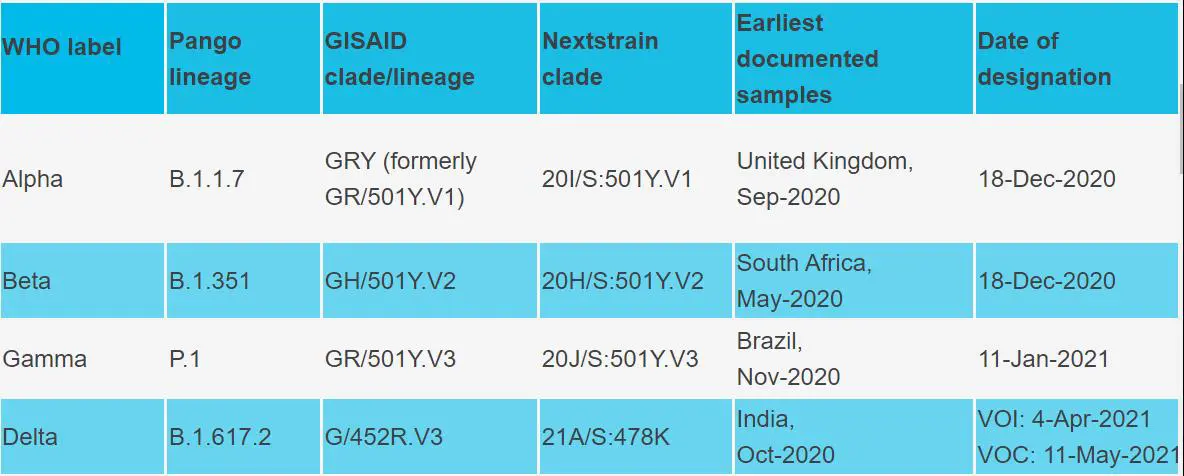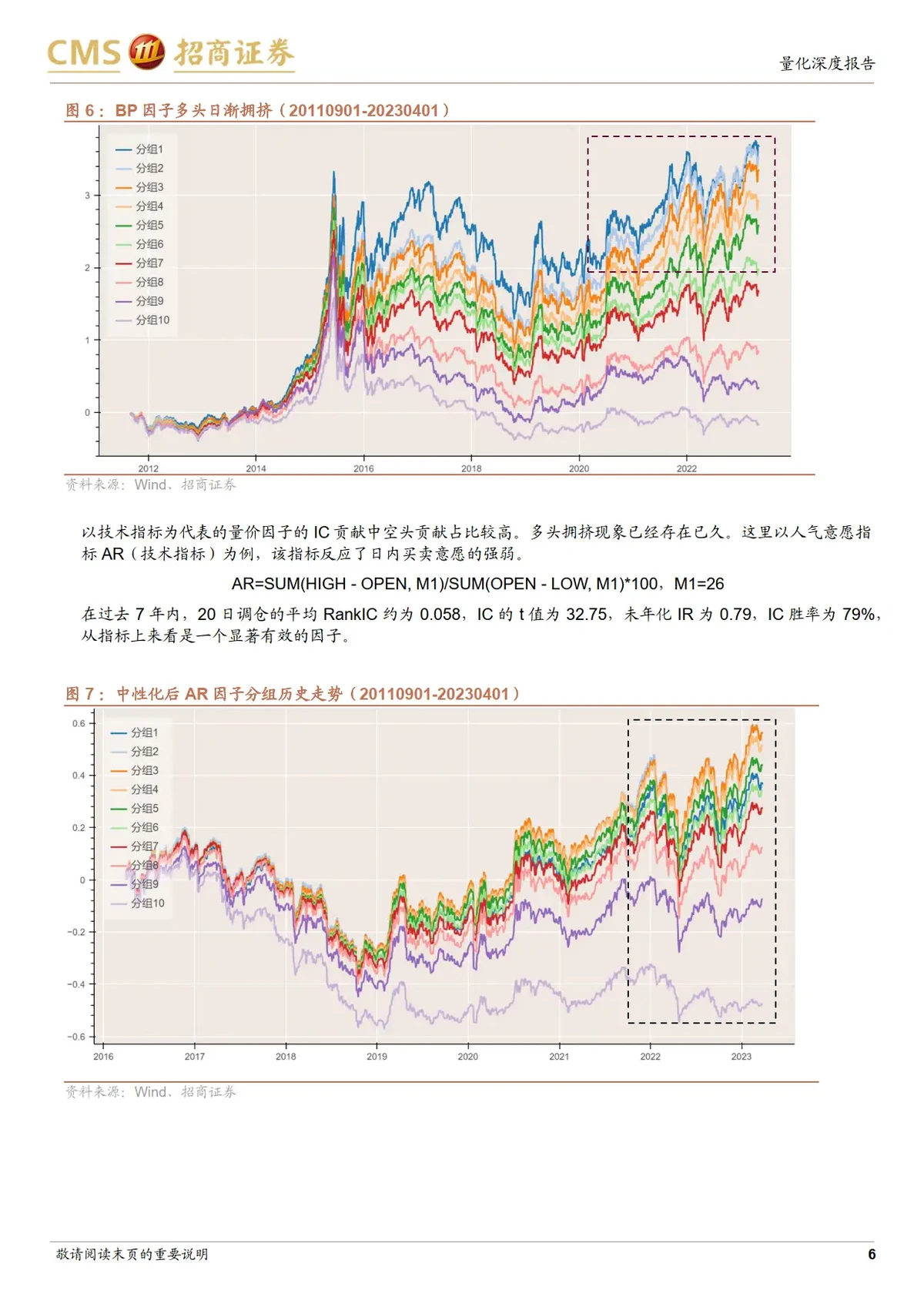


=====================================
Alpha has long been considered the gold standard in evaluating investment performance. For investment advisors, understanding and effectively using alpha metrics is essential to demonstrate value to clients, optimize portfolio construction, and remain competitive in a data-driven industry. This comprehensive guide explores alpha metrics for investment advisors, combining theory, practical applications, real-world experiences, and the latest industry trends to help advisors make better decisions.
What Is Alpha in Investment Advisory?
Defining Alpha
In finance, alpha measures the excess return of an investment relative to a benchmark index. For example, if a fund returned 10% while the benchmark returned 7%, the alpha is +3%.
- Positive alpha: Indicates outperformance versus the benchmark.
- Negative alpha: Suggests underperformance.
- Zero alpha: Performance is aligned with the benchmark.
Why Alpha Matters for Advisors
For investment advisors, alpha is more than just a metric. It is proof of the advisor’s skill in generating value beyond market exposure. Clients rely on advisors to deliver:
- Evidence of skillful active management.
- Insights into portfolio risks versus rewards.
- A framework for comparing different investment strategies.
Alpha vs Beta comparison in portfolio performance
Key Alpha Metrics Investment Advisors Should Track
Traditional Alpha (Jensen’s Alpha)
This measures excess returns adjusted for risk using the Capital Asset Pricing Model (CAPM). It’s widely used and easy to explain to clients but may oversimplify risk factors.
Information Ratio (IR)
The information ratio measures alpha relative to the volatility of excess returns. Advisors use IR to evaluate whether consistent outperformance is achieved.
Sharpe Ratio vs. Alpha
While the Sharpe ratio focuses on risk-adjusted returns, alpha isolates manager skill. Using both together provides a fuller performance picture.
Multi-Factor Alpha
Modern portfolios often use multi-factor models (Fama-French, Carhart, etc.), which decompose returns into size, value, momentum, and other factors. Alpha in these contexts measures value beyond systematic factor exposures.
| Topic | Description | Key Metrics | How It Works | Advantages | Disadvantages |
|---|---|---|---|---|---|
| What is Alpha | Measures excess return of an investment relative to a benchmark index. | Positive, Negative, Zero Alpha | Compares fund return to benchmark return, indicating performance relative to market. | Indicates advisor skill, benchmarks performance | Focuses on relative performance, not absolute value |
| Traditional Alpha | Measures excess return adjusted for risk using CAPM. | Jensen’s Alpha | Calculates risk-adjusted returns using CAPM to isolate manager’s contribution beyond market exposure. | Simple to use and explain to clients | May oversimplify risk factors |
| Information Ratio (IR) | Measures alpha relative to the volatility of excess returns. | Information Ratio | Measures consistency of outperformance by comparing alpha to its volatility. | Evaluates consistent outperformance | May not capture all risk-related insights |
| Sharpe Ratio vs Alpha | Sharpe ratio focuses on risk-adjusted returns, while alpha isolates manager skill. | Sharpe Ratio, Alpha | Sharpe ratio captures risk-adjusted returns; alpha isolates skill in beating the benchmark. | Provides a fuller performance picture | Both metrics should be used together for clarity |
| Multi-Factor Alpha | Alpha from multi-factor models like Fama-French and Carhart. | Multi-Factor Alpha | Decomposes returns into factors like size, value, and momentum to isolate true alpha. | Accounts for multiple systematic exposures | More complex and requires advanced models |
| Benchmark-Relative Evaluation | Compares client portfolios to broad benchmarks like S&P 500. | Benchmark Alpha | Benchmarks provide a simple way to compare client portfolio performance to a broad market index. | Simple, transparent, easy to communicate | May not reflect portfolio complexity or customization |
| Factor-Adjusted Alpha | Strips out systematic influences to isolate true alpha. | Factor-Adjusted Alpha | Uses factor models to identify true alpha by adjusting for market factors. | Provides deeper insights into performance drivers | Requires advanced data, expertise, and tools |
| Client Reporting | Communicates performance through alpha metrics to clients. | Alpha Metrics | Shows if the advisor added value by comparing portfolio returns to benchmarks. | Builds trust, supports retention | Clients may not always understand complex metrics |
| Risk Management | Identifies if alpha comes from repeatable strategies or risky bets. | Alpha Risk Management | Tracks alpha generation to ensure sustainable returns rather than risky strategies. | Ensures stable long-term outcomes | Requires careful tracking and evaluation |
| Strategic Differentiation | Helps advisors differentiate between passive exposure and active skill. | Alpha as Differentiator | Alpha metrics allow advisors to highlight their ability to outperform markets through skillful management. | Differentiates from passive advisors | Clients may misinterpret short-term alpha |
| Alpha in Bull Markets | High alpha is harder to achieve in strong markets, focusing on tactical allocation. | Tactical Alpha | Focuses on positioning for market opportunities in bull markets, aiming for risk-adjusted returns. | Encourages strategic market positioning | More difficult to outperform in strong market trends |
| Alpha in Bear Markets | Alpha becomes more important as clients demand downside protection. | Downside Protection Alpha | Focuses on generating positive alpha during downturns by managing risk. | Enhances advisor credibility in tough markets | Harder to achieve during prolonged bear markets |
| Alpha in Volatile Markets | Multi-factor models and alternative strategies enhance alpha during periods of market turbulence. | Volatile Market Alpha | Uses alternative strategies to exploit inefficiencies in volatile conditions. | Exploits inefficiencies in market turbulence | Requires advanced modeling and strategies |
| Quantitative Methods & AI | Advisors use AI and machine learning to detect real-time alpha signals. | AI-Driven Alpha | Leverages technology to track and predict alpha generation using real-time data analysis. | Detects alpha signals in real time | Requires technical expertise and advanced tools |
| ESG and Thematic Alpha | Evaluates whether ESG strategies deliver true alpha or just align with client values. | ESG Alpha | Measures the alpha generated by investments aligned with sustainability goals. | Aligns investment with client values | ESG strategies may not always produce high alpha |
| Alternative Assets | Diversification beyond traditional stocks and bonds reshapes alpha generation. | Alternative Asset Alpha | Uses private equity, real estate, and hedge funds to generate alpha by diversifying the portfolio. | Provides diversification and new alpha sources | Harder to measure and track in traditional frameworks |
| Common Pitfalls | Avoid misinterpreting alpha and overreliance on single metrics. | Alpha Pitfalls | Short bursts of alpha may be luck; overreliance on a single metric can miss deeper risk exposures. | Emphasizes consistency and comprehensive analysis | Can mislead clients if not properly communicated |
| Practical Recommendations | Use multi-layered measurement, clear client communication, and technology for better alpha tracking. | Multi-Metric Analysis | Combine traditional alpha, information ratio, and factor-adjusted models for a complete performance analysis. | Provides a more accurate picture of performance | Requires careful coordination of various methods |
Method 1: Benchmark-Relative Evaluation
Investment advisors commonly compare client portfolios to broad benchmarks like the S&P 500 or MSCI World.
- Advantages: Simple, transparent, easily communicated to clients.
- Disadvantages: Benchmarks may not reflect portfolio complexity or customized strategies.
Method 2: Factor-Adjusted Alpha
Factor models allow advisors to strip out systematic influences and isolate true alpha.
- Advantages: Provides deeper insights into performance drivers.
- Disadvantages: Requires data, expertise, and advanced tools.
Recommendation: Advisors should use factor-adjusted alpha in conjunction with traditional benchmarks. This hybrid approach gives clients a clear, reliable picture of performance while maintaining transparency.
Factor-adjusted alpha framework illustration
The Role of Alpha in Modern Advisory Practice
Client Reporting
Alpha metrics provide a simple story of performance: Did the advisor add value? This builds trust and supports retention.
Risk Management
Advisors can identify whether alpha comes from repeatable strategies or risky bets. This is closely tied to guide to alpha risk management, which helps advisors maintain stable long-term client outcomes.
Strategic Differentiation
In a competitive advisory landscape, alpha metrics help advisors differentiate between passive exposure and active skill.
Alpha in Different Market Environments
Bull Markets
High alpha is harder to achieve because broad markets already deliver strong returns. Advisors must focus on tactical allocation and risk-adjusted positioning.
Bear Markets
Alpha becomes more important because clients demand downside protection. Generating positive alpha in downturns significantly improves advisor credibility.
Volatile Markets
Multi-factor models and alternative strategies can enhance alpha by exploiting inefficiencies during turbulent periods.
Industry Trends in Measuring Alpha
Quantitative Methods and AI
Advisors increasingly rely on quantitative methods for alpha seekers, using machine learning and AI-driven models to detect alpha signals in real-time.
ESG and Thematic Alpha
Clients demand investments aligned with sustainability goals. Advisors must evaluate whether ESG strategies deliver true alpha or simply align with client values.
Alternative Assets
Private equity, real estate, and hedge fund strategies are reshaping alpha generation by diversifying beyond traditional equities and bonds.
Common Pitfalls When Using Alpha Metrics
- Misinterpreting Short-Term Alpha
Short bursts of positive alpha may be luck, not skill. Advisors must demonstrate consistency.
- Overreliance on a Single Metric
Relying only on Jensen’s alpha can miss deeper risk exposures. Multi-metric analysis is better.
- Ignoring Costs and Fees
Alpha should be measured net of fees to reflect true client value.
Advisor explaining alpha metrics to clients
Practical Recommendations for Investment Advisors
- Adopt Multi-Layered Measurement: Use traditional alpha, information ratio, and factor-adjusted models together.
- Communicate Clearly with Clients: Simplify complex metrics into actionable insights.
- Leverage Technology: Use portfolio analytics platforms that provide real-time alpha tracking.
- Focus on Risk-Adjusted Performance: Highlight alpha generation in volatile or bear markets.
- Integrate ESG and Alternatives Thoughtfully: Show how non-traditional strategies contribute to alpha.
FAQs: Alpha Metrics for Investment Advisors
1. How can investment advisors use alpha to improve client portfolios?
Advisors can use alpha to identify whether their strategies consistently outperform benchmarks. By focusing on repeatable drivers of alpha, they can rebalance portfolios toward higher-value strategies while minimizing exposure to underperforming segments.
2. Why is high alpha sometimes misleading?
High alpha over short periods can be the result of random luck or concentrated risks. Advisors should evaluate whether the alpha is sustainable across multiple market cycles. This is why many emphasize why high alpha can be misleading as a critical educational point in client discussions.
3. Where can advisors get reliable alpha metrics?
Reliable alpha metrics can be sourced from advanced portfolio analytics platforms, financial research providers, or custom-built models. Advisors should ensure metrics are adjusted for fees, risk, and factor exposures.
Conclusion: The Future of Alpha Metrics in Advisory
For investment advisors, alpha metrics are more than numbers—they are a bridge between analytical rigor and client trust. By combining benchmark-relative evaluations, factor-adjusted insights, and advanced quantitative methods, advisors can provide clear, evidence-based value.
The future of advisory lies in transparency, customization, and smart use of data-driven metrics. Advisors who master alpha measurement and communication will stand out in an increasingly competitive market.
If this deep dive on alpha metrics for investment advisors gave you new insights, share it with your peers, leave a comment, and join the discussion. The dialogue on alpha is evolving, and every advisor has a role in shaping the future of investment performance.
Do you want me to expand this into a step-by-step playbook with sample client reporting templates to show how advisors can present alpha metrics in practice?